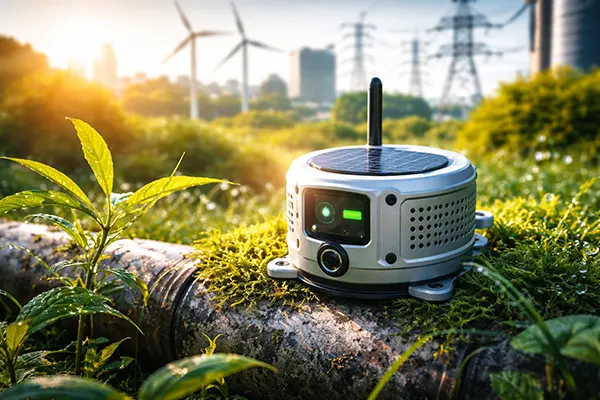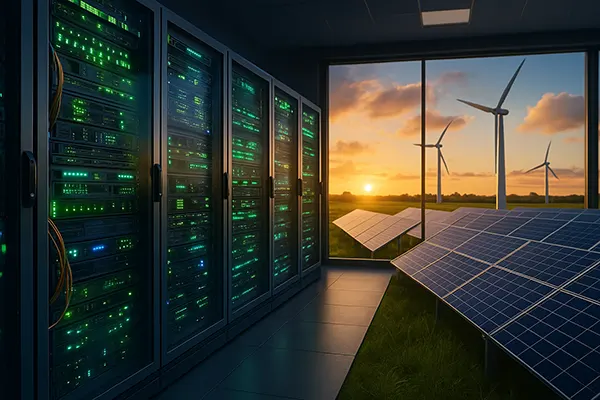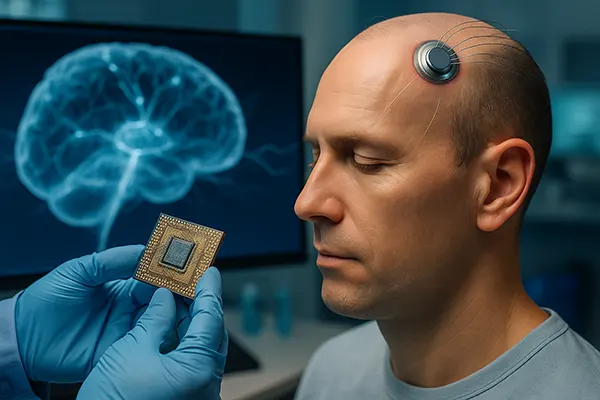3D Food Printing: Revolutionizing the Culinary World
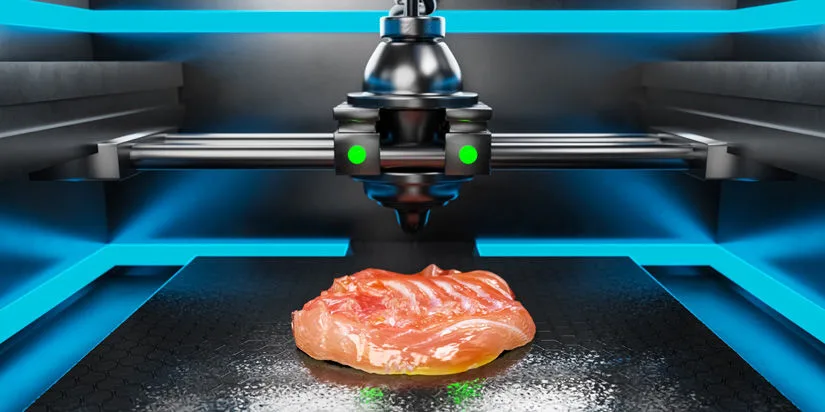
3D food printing is an innovative technology that has the potential to revolutionize the culinary world. By combining traditional food preparation techniques with cutting-edge 3D printing technology, it opens up new possibilities for creativity, efficiency, and personalization in food production. In this article, we will explore the technology behind 3D food printing, how it works, its safety aspects, and its potential to address global hunger issues.
What is 3D Food Printing?
3D food printing involves the use of 3D printing technology to create food items. This process uses food-grade materials, often in paste form, which are deposited layer by layer to create edible structures. The technology allows for the precise control of ingredients and shapes, enabling the creation of intricate designs and customized food products that would be difficult or impossible to achieve with traditional methods.
One of the key advantages of 3D food printing is its ability to personalize nutrition. By adjusting the ingredients and proportions, it is possible to create meals that meet specific dietary requirements or preferences. This could be particularly beneficial for individuals with dietary restrictions, such as allergies or specific health conditions, as well as for athletes or those seeking optimized nutritional intake.
How Does 3D Food Printing Work?
The process of 3D food printing begins with the creation of a digital model of the desired food item. This model is then converted into a set of instructions for the 3D printer, which uses a variety of techniques to build the food layer by layer. Commonly used techniques include extrusion-based printing, where food pastes are extruded through a nozzle, and binder jetting, where a liquid binder is used to adhere layers of powdered ingredients.
The choice of technique and materials depends on the desired outcome. For instance, extrusion-based printing is often used for foods with a paste-like consistency, such as chocolate, dough, or pureed vegetables. Binder jetting, on the other hand, is suitable for creating more complex structures from powdered ingredients. The precise control offered by 3D printing technology allows for the creation of intricate shapes and textures, enhancing both the visual appeal and the sensory experience of the final product.
How Safe is 3D Food Printing?
Safety is a critical consideration in 3D food printing. As with any food production method, it is essential to ensure that the materials used are safe for consumption and that the printing process does not introduce any harmful contaminants. Food-grade materials, such as those approved by regulatory bodies like the FDA, are used in 3D food printing to ensure safety.
The equipment used in 3D food printing is also subject to strict hygiene standards. Printers are designed to be easily cleaned and sanitized to prevent the growth of bacteria or cross-contamination between different food materials. Additionally, the digital nature of the process allows for precise control over ingredient quantities and the avoidance of human error, which can further enhance food safety.
Regulatory oversight plays a crucial role in ensuring the safety of 3D-printed foods. Manufacturers must comply with food safety regulations and undergo regular inspections to ensure that their products meet the necessary standards. As the technology continues to evolve, ongoing research and development will help to address any emerging safety concerns and ensure the continued safety of 3D-printed foods.
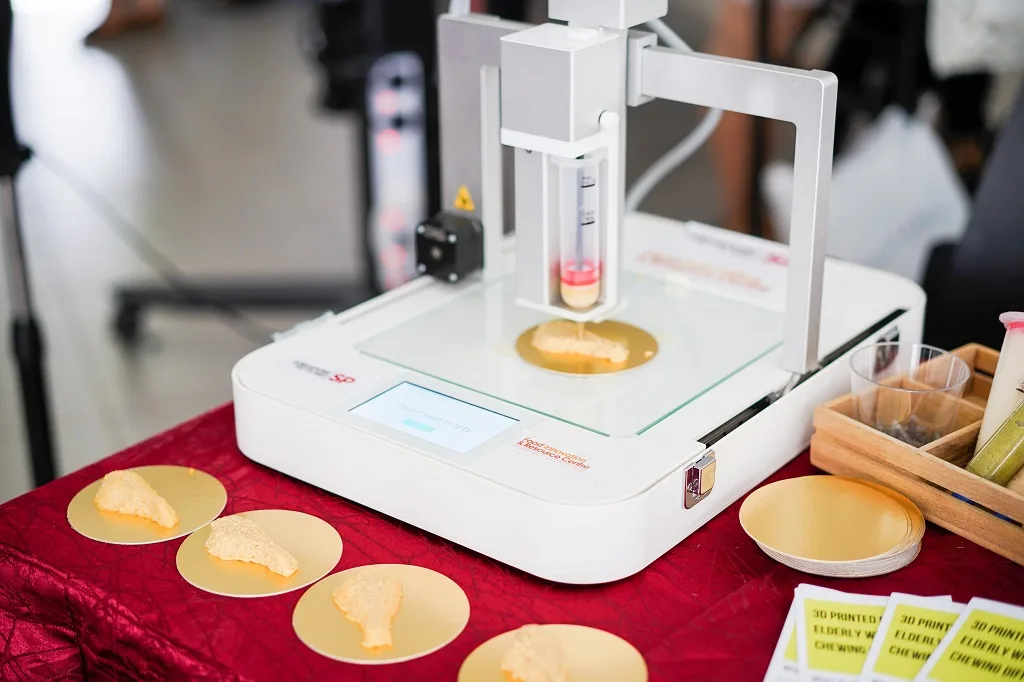
Can 3D Food Printing Solve Hunger Problems?
3D food printing holds promise as a potential solution to global hunger issues. One of the key benefits of this technology is its ability to produce food using alternative ingredients, such as insect protein, algae, and lab-grown meat. These ingredients are often more sustainable and environmentally friendly than traditional livestock farming, making them a viable option for addressing food scarcity.
Additionally, 3D food printing can help to reduce food waste. By using precise quantities of ingredients and repurposing food by-products, it is possible to create nutritious meals with minimal waste. This could be particularly beneficial in regions where food resources are limited and reducing waste is essential to maximizing the available supply.
Moreover, 3D food printing can enhance food accessibility by enabling the local production of food in areas that lack infrastructure for traditional food production. Portable 3D food printers could be deployed in disaster zones or remote areas, providing a reliable source of nutrition in emergency situations.
While 3D food printing is not a standalone solution to global hunger, it represents a valuable tool that, in conjunction with other efforts, can help to alleviate food insecurity and improve access to nutritious food for people around the world.
Future Prospects
The future of 3D food printing looks promising, with ongoing research and development paving the way for new innovations and applications. As the technology becomes more accessible and affordable, it is likely to see wider adoption in both commercial and domestic settings. This could lead to a new era of culinary creativity, where individuals can experiment with new flavors, textures, and nutritional profiles from the comfort of their own homes.
Additionally, the integration of 3D food printing with other emerging technologies, such as artificial intelligence and the Internet of Things, could further enhance its capabilities. For example, AI algorithms could be used to optimize recipes for specific dietary needs, while IoT-enabled printers could allow for remote monitoring and control of the printing process.
Ultimately, 3D food printing represents a significant step forward in the evolution of food production. By embracing this technology, we can unlock new possibilities for creating delicious, nutritious, and sustainable food that meets the needs of a growing global population.



